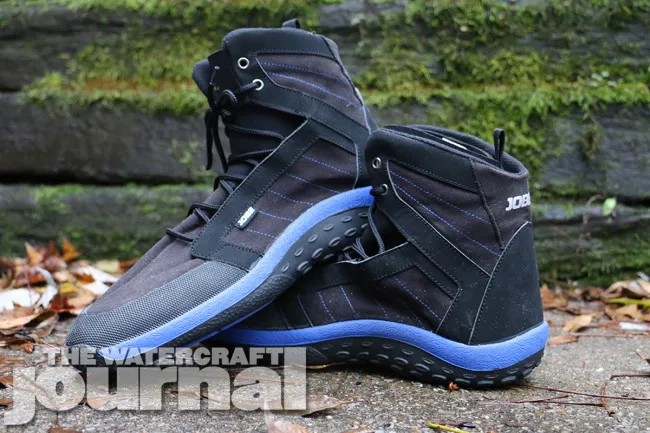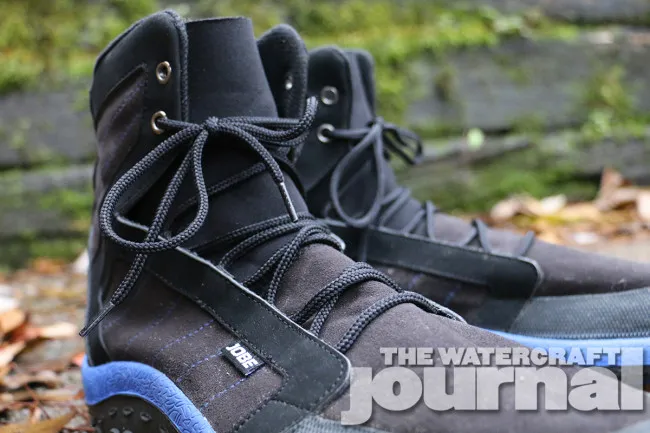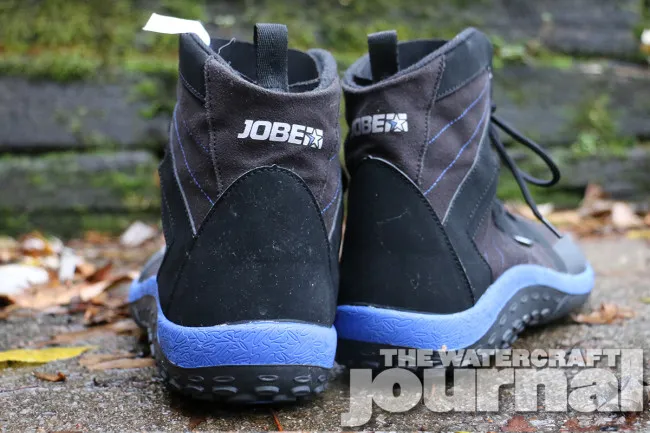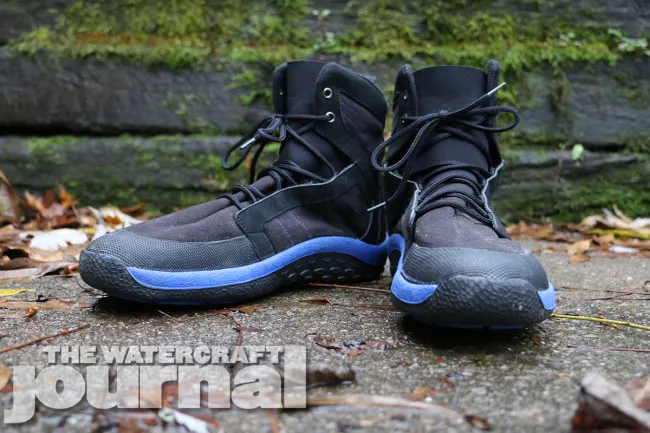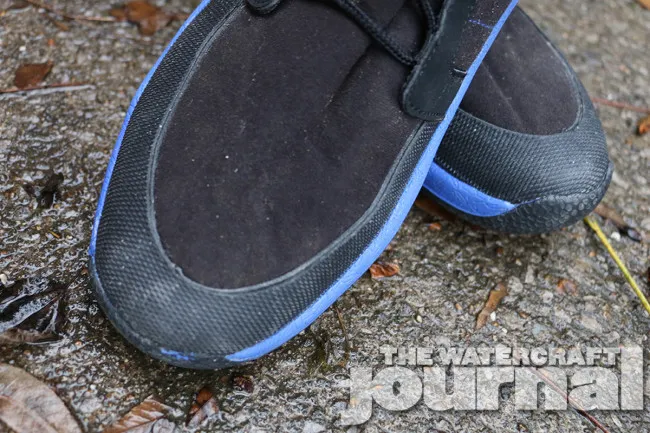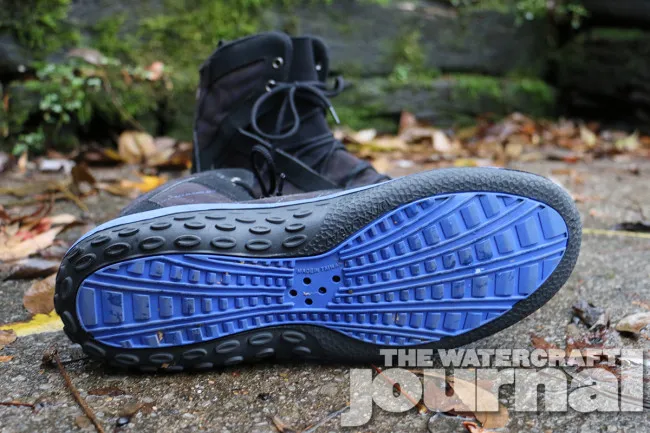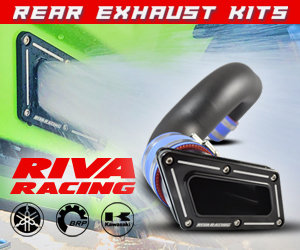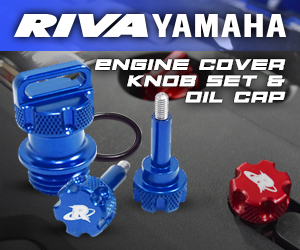You can’t win ’em all. George Herman Ruth, Jr. – better known as “Babe” – achieved baseball immortality as a New York Yankee setting a succession of MLB batting records (and some pitching records as well), including career home runs (714), runs batted in (RBIs) (2,213), bases on balls (2,062), slugging percentage (.690), and on-base plus slugging (OPS) (1.164); the latter two still stand today – according to Wikipedia. But unknown to many is that Ruth also known to swing at near anything, causing the Great Bambino to hold the record for strikeouts for his 22 seasons. Frankly put, if you’re gonna bat for the fences, you’re gonna have to accept your fair share of strikes.
Normally, we’ve given Jobe PWC a lot of praise for its riding gear, particularly for their Youth Neo Vest, molded side-entry Ruthless Vest, and Suction Gloves. While these three items have been personal favorites for The Watercraft Journal staff, we struggled with Jobe’s Neoprene Boots. Although there’s enough evidence to see where Jobe’s designers were going with their Neoprene Boots, the final execution leaves a whole lot to be desired – both in the materials used, and how the materials were used. It’s particularly disappointing when considering the stellar offerings from Slippery, JetPilot and Jettribe.
The boots are similar to others tested, comprised of a two-part design: an outer lace-up shoe with an inner neoprene sock. The sock is meant to provide extra warmth and protection. Unfortunately, the material used is a lesser quality neoprene used both in their wetsuits and lifevests that lost its elasticity around the ankle within a month’s testing. Also, the porosity of the sock allowed debris in, turning the protective sock into a reverse soup strainer, allowing everything in and nothing out. Prepare to have a lot of silt between your toes.
The shoe surrounding the sock is stitched together using thin, stiff material with very little contouring or molding. No matter how tight or lose we laced our shoes, material bunched and bind at different places, helping permit all of the aforementioned sand and silt into the shoe and sock. There’s very little in the way of drainage making airing out the boots after use a chore (one that we couldn’t seem to master despite its advertised “drain panels”). We also noted a lack of ankle support or toe protection as well – something that competing brand’s boots have.
Jobe’s own ad material boasts a “stiff sole” as being beneficial for added grip. We’d agree that the Neoprene Boot’s soles are stiff and feature more-than-adequate grip, but fail to see the correlation as both Slippery and even Blacktip’s discontinued slip-on booties feature soft, comfortable soles and feature plenty of grip. Rather, Jobe’s soles feature a thick, reinforced heel and pin-sized drain holes that allow water to seep out but very little air in. Thankfully, the boots are lightweight even when sopping wet or dry, which is a big plus.
Although Jobe advertises these boots as being available in sizes 7 – 11, the fact is you’re looking at a converted sizing chart, so you’re going to want to consult their measurement chart online. Priced at £54.99 (or $85 USD), the Jobe Neoprene Boots are pretty expensive given the quality of the product, particularly as it proceeded to deteriorate so quickly over a couple month’s time. Worst of all, there are very few US outlets for Jobe product so shipping these internationally will only add to the already stilted pricetag.






